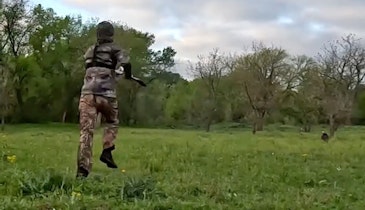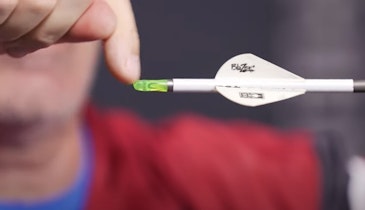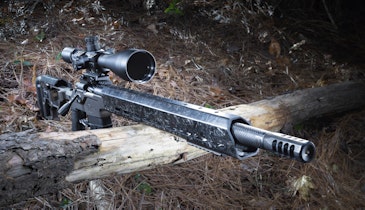BY KEVIN BURBACH | Associated Press
SIOUX FALLS, S.D. (AP) — A work group established by Gov. Dennis Daugaard on Tuesday released recommendations for protecting the state's pheasant population, which include creating a state-run habitat conservation fund that should start with at least $1 million in public funding.
The governor's Pheasant Habitat Work Group laid out eight key recommendations in its report that was compiled from public input the committee heard in meetings around the state this year.
The state's pheasant population has been declining over the past several years. The South Dakota Game, Fish and Parks Department released its annual brood count in late August, which found an average of 2.68 pheasants per mile, a 76 percent increase from 1.52 in 2013. The report was welcome news to hunters who saw a 64 percent decline in the count of young pheasants from 2012 to 2013 after months of persistent drought, poor winter and spring conditions and less bird habitat.
The report cites a study conducted by researchers at South Dakota State University, which concluded that between 2006 and 2012 more than 1.8 million acres of grassland were converted to cropland, inundated by water, or lost to urban development.
To help restore lost pheasant habitat and prevent future losses, the group suggested the state take eight steps. Here are some of the recommendations:
Create a state-run conservation fund.
The report suggests the state should establish a state-run fund that would responsible for managing conservation efforts and donations in the state. Public and private entities could use the fund as South Dakota's main repository that would then oversee the distribution of funds to solely for conservation purposes. The report suggests the state should appropriate at least $1 million in one-time funding to the fund “to launch the fund and bolster related private-sector fundraising efforts.”
Petition the USDA's Risk Management Agency to make all South Dakota counties eligible for crop insurance coverage on winter wheat.
South Dakota annually produces 1.3 million acres of winter wheat, a crop which is planted in the fall and harvested in the spring. The report notes that the crop provides valuable nesting habitat to pheasants across the state but has production has fallen in recent years in the state in part because 24 counties east of the Missouri River aren't eligible for crop insurance. The report suggests Daugaard petition the U.S. Department of Agriculture to reevaluate the restrictions on insurance for crops that can better withstand the winter with help of modern technology.
Encourage the South Dakota Office of School and Public Lands to include a land management plan as a condition for securing a lease.
The South Dakota Office of School and Public Lands manages 760,000 acres of state-owned land, which it leases out for grazing and farming purposes. The authors of the report note at times the land can be susceptible to “overgrazing and less-than-ideal stewardship.” They suggest the office should require a land management plan as a condition for securing a lease because it would lead landowners to be “more diligent stewards of lands that can provide valuable pheasant habitat.”
Create South Dakota Conservation Certification Program
The authors of the report say conservation practices “benefit soil health, improve and protect water quality and provide habitat for all species of wildlife, including pheasants.” For that reason, the report suggests the state create a certification program that would reward farmers and ranchers who maintain a minimum level of conservation on their land. The certification may be used to provide certain benefits for landowners that enroll in conservation programs.






